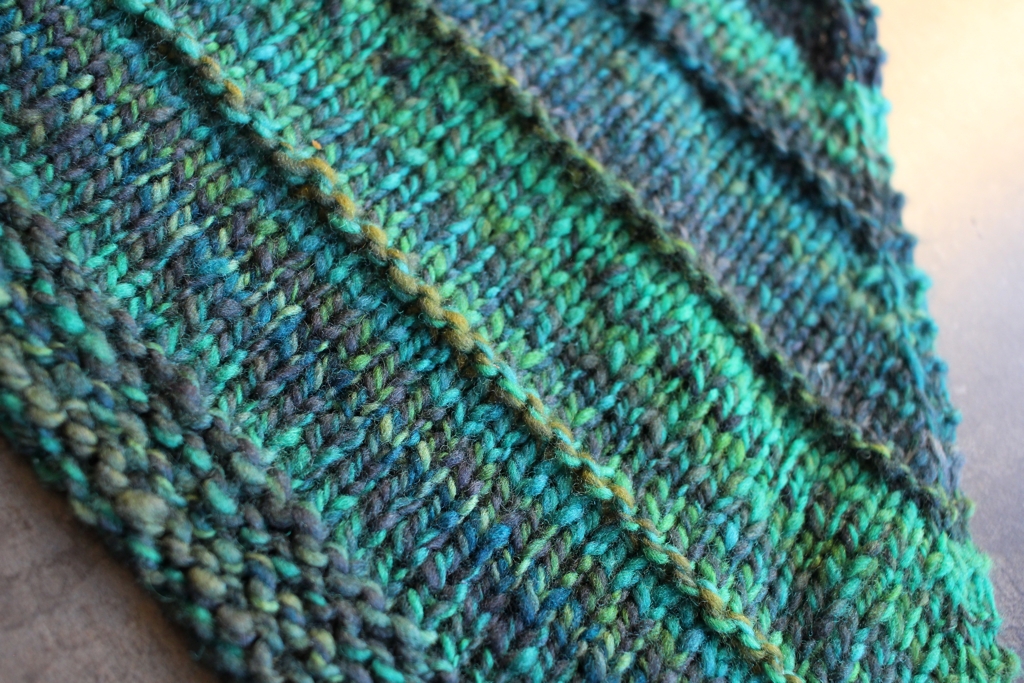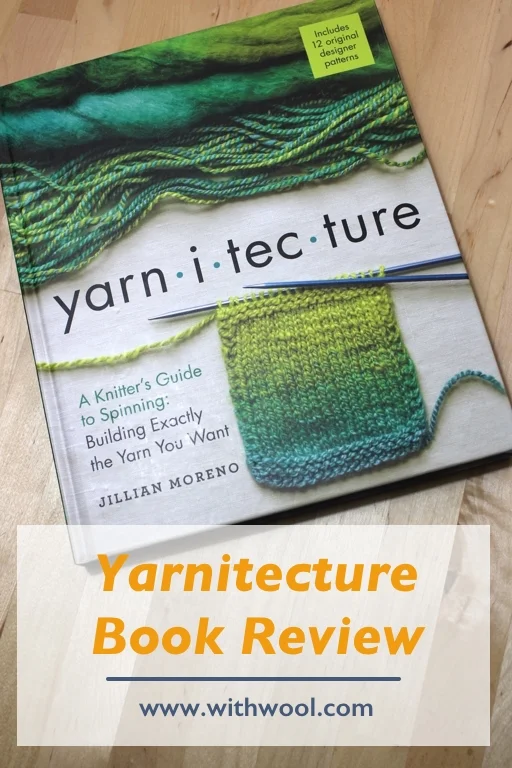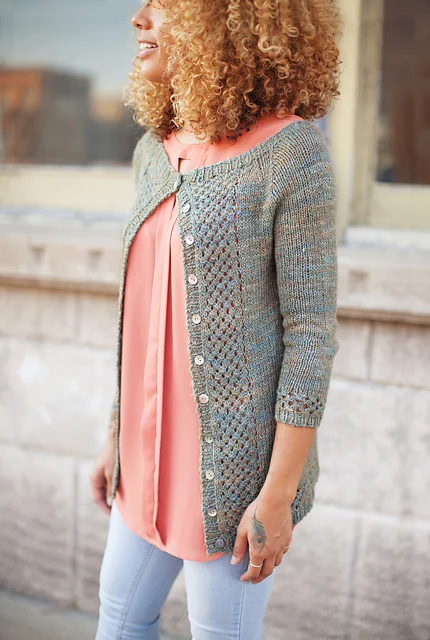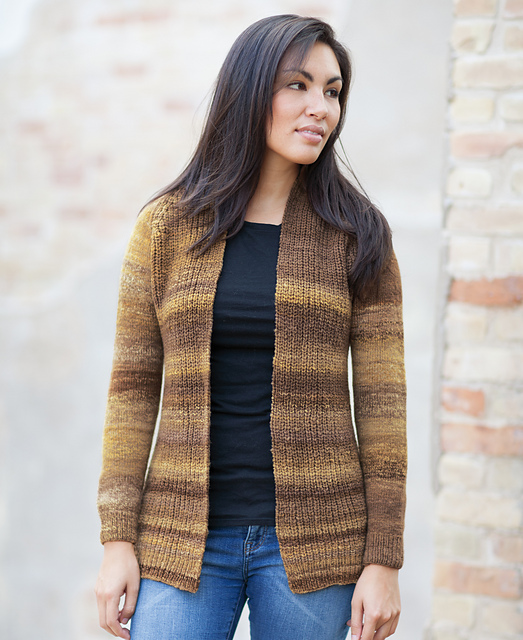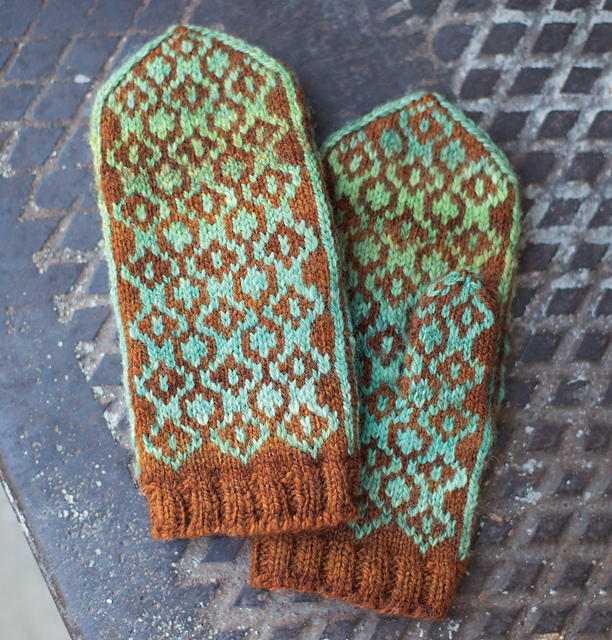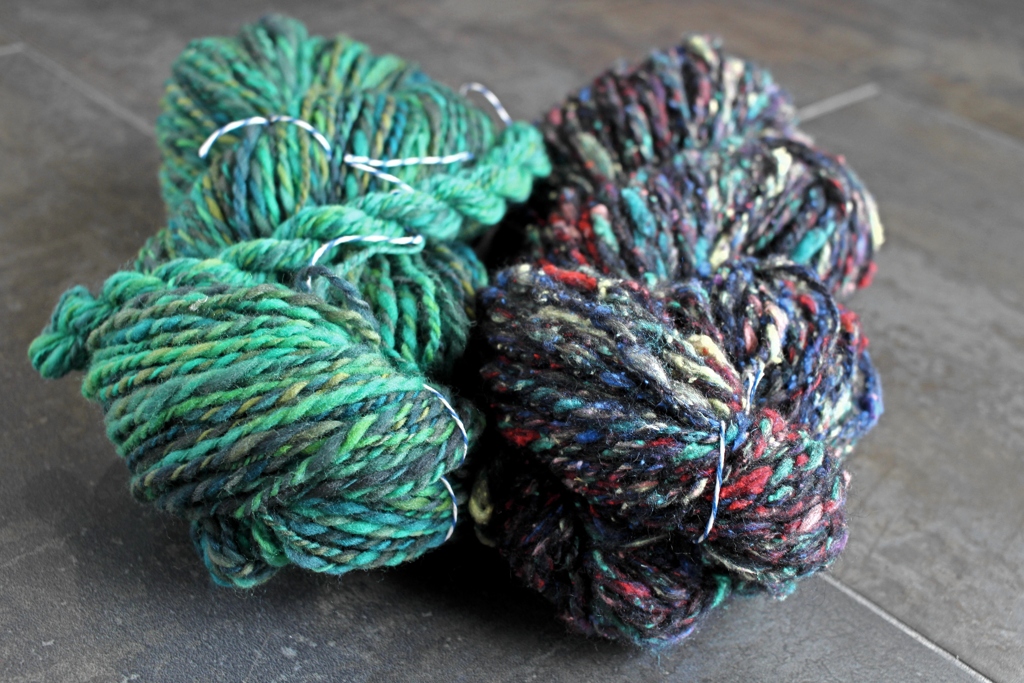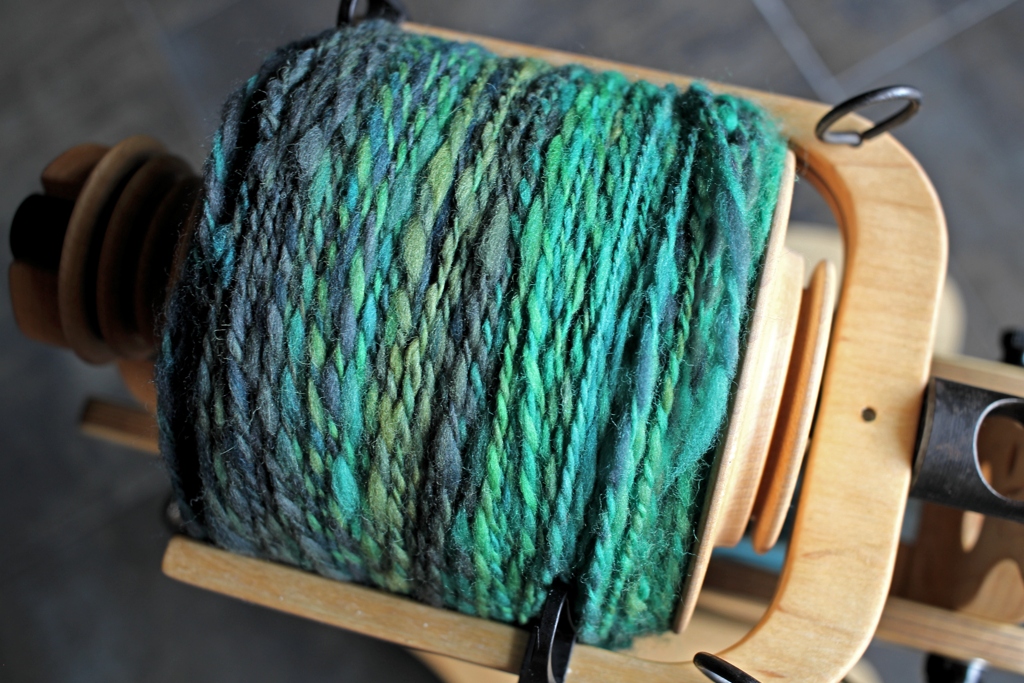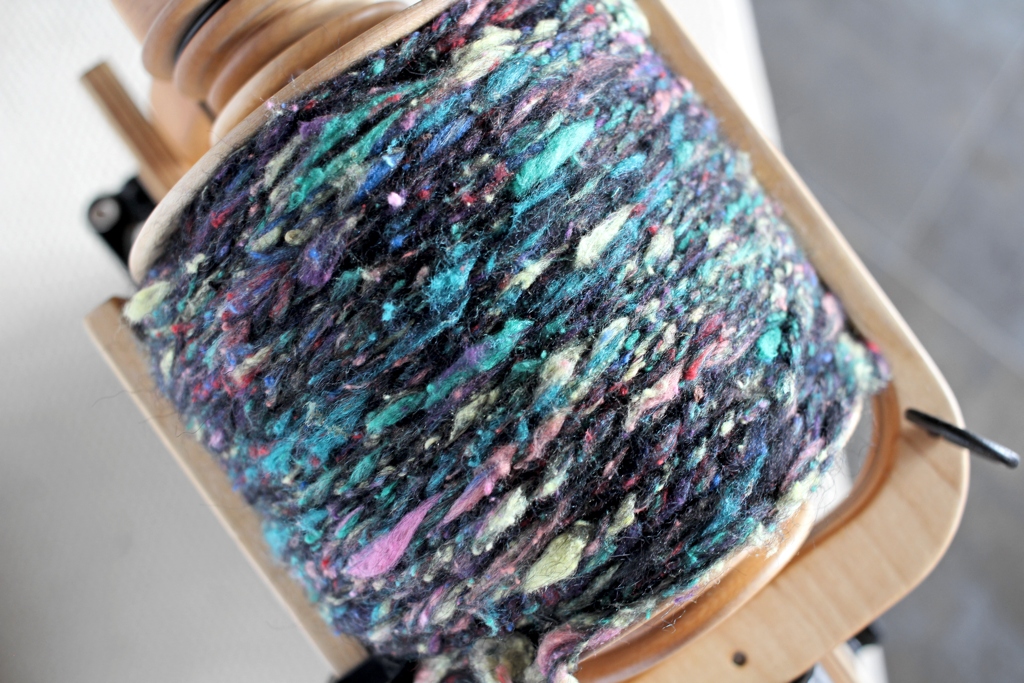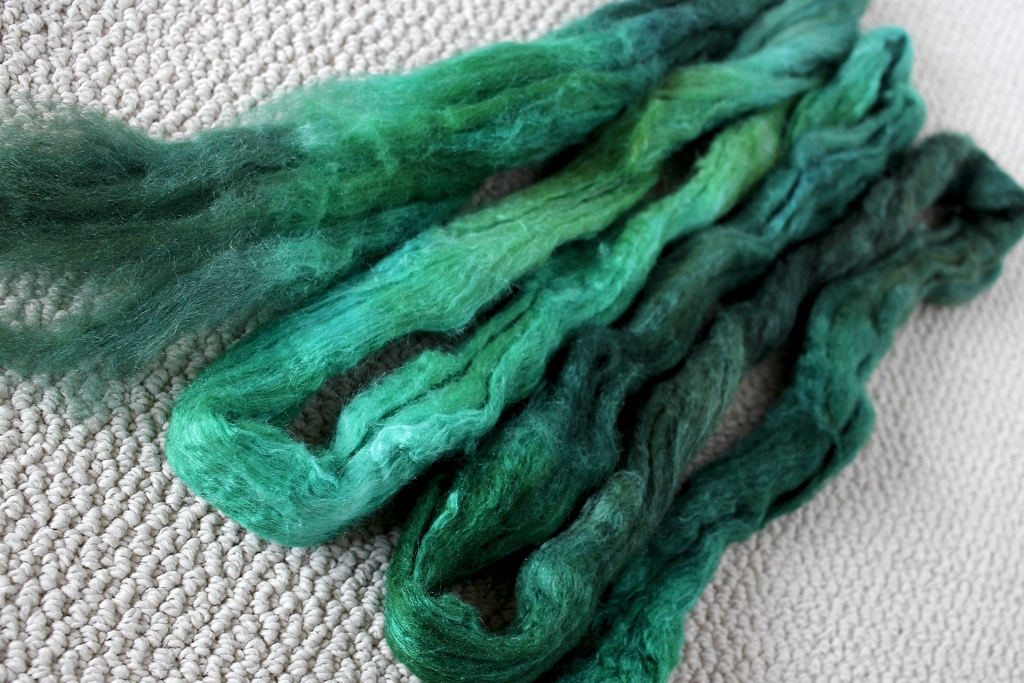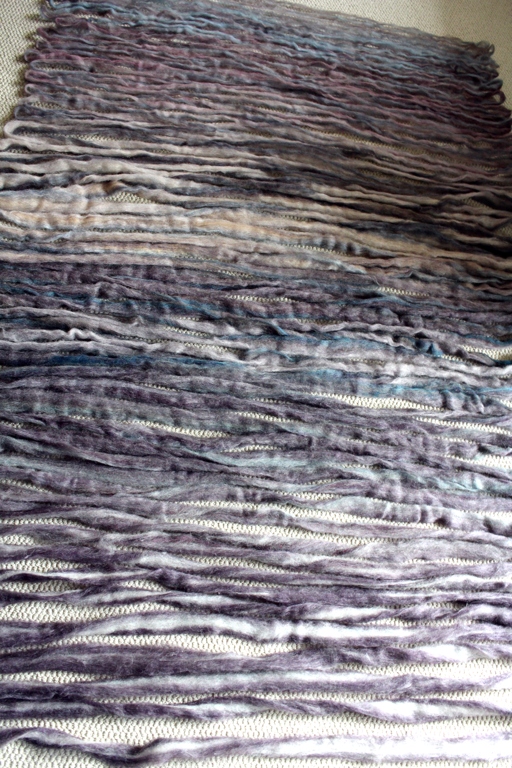Wooly Links: March 2018
/Wooly Links is a round up of the best knitting, spinning, and crochet links I find on the web. The collection goes out bi-weekly in the With Wool Express. You can sign up to get the newsletter full of Wooly Links and other good stuff every week below.
These giant oversized crochet doilies by Ashley V Blalock seem like they could grow and take over the world.
That Night There Were Roses by Debbie Sullivan solves the hump shape of crescent shawls with short rows. It’s lacy and gorgeous with a wide wingspan.
Neat! How to spin a beehive coil without using a core for your handspun.
A great complication of different knitting increases with clear diagrams and instructions.
This tutorial was sent to me when I asked for help preventing holes at sleeve joins, and it is a detailed look at how to seamlessly knit set-in sleeves. Saving it for later.
The Spring+Summer 2018 issue of Knitty went live and it’s full of good stuff. I’m definitely going to knit a sea turtle or 5 and Charmayne is on the list too.
Janelle Shane is trying to teach a neural network to generate knitting instructions, and a Ravelry group is interpreting and knitting up those garbled lines with interesting results.
I’m incredibly tempted and smitten by the large scale lace of the Equal Night blanket. Might even have the yarn in my stash to make it too!
Blocking your knits can be an art form all by itself.
I used a Clover pom-pom maker to make the pom on my latest hat, and it was so easy to make a great pom without a lot of extra trimming. Here’s a handy tutorial about how to use one.
Why crescent shaped shawls always seem to have the hump in the middle.
Info and advice from Patty’s Purls of Wisdom about biasing gauge swatches, metric vs US needle sizes, and “startitis”.
The SNAP hat pattern might be just the thing for all those leftover bits of sock yarn.
25 names of fabrics, wools, and leathers derived from place names.
Looking for a quick baby knit? Franklin Habit wrote up his variation of the vintage Fine-Hour Baby Jacket and it’s a cutie.
I’m loving the texture of the Beeswax Scarf by Amy van de Laar.
A quick and helpful tutorial about how to count rows in garter stitch.
And now for something completely different... is about the other interesting stuff I find online. Sometimes it's photography, art, science, crafty goodness, or a good story.
Ethel Stein, a master weaver who combined historical weaving methods with a Bauhaus design aesthetic, has died at the age of 100. (via Mielke’s Fiber Arts Newsletter)
Diana Sudyka creates beautiful illustrations around vintage postage stamps.
Elyse Dodge meshes beautiful geometric mountains with painted landscapes of British Columbia.



















